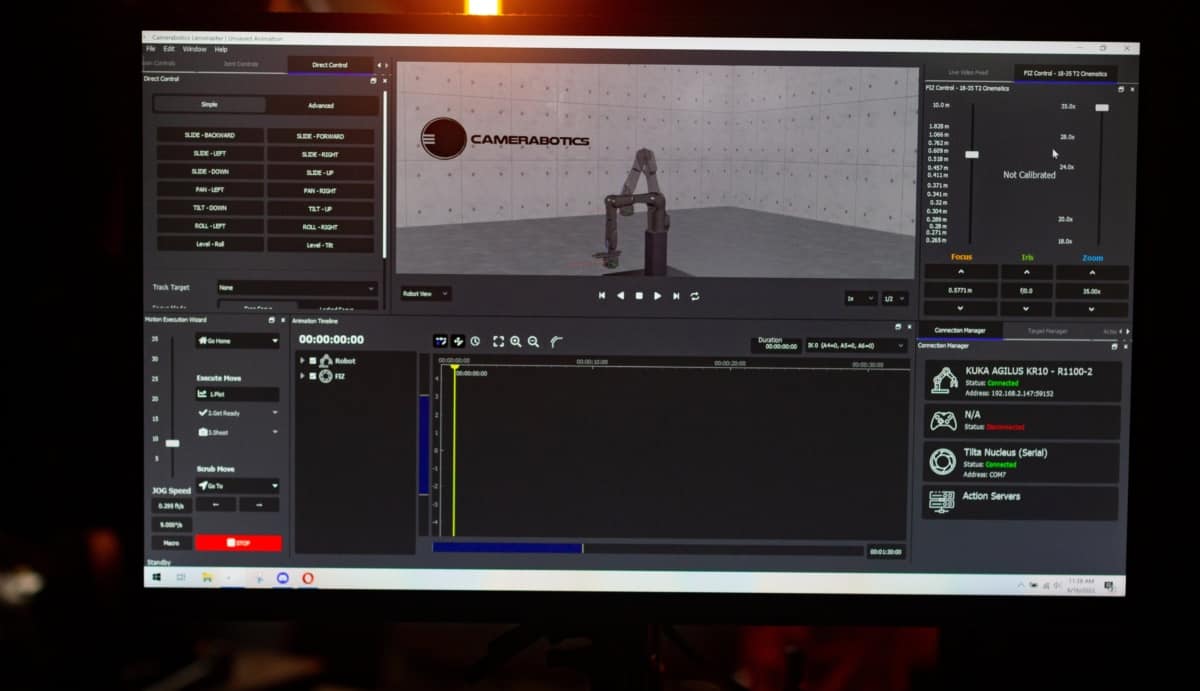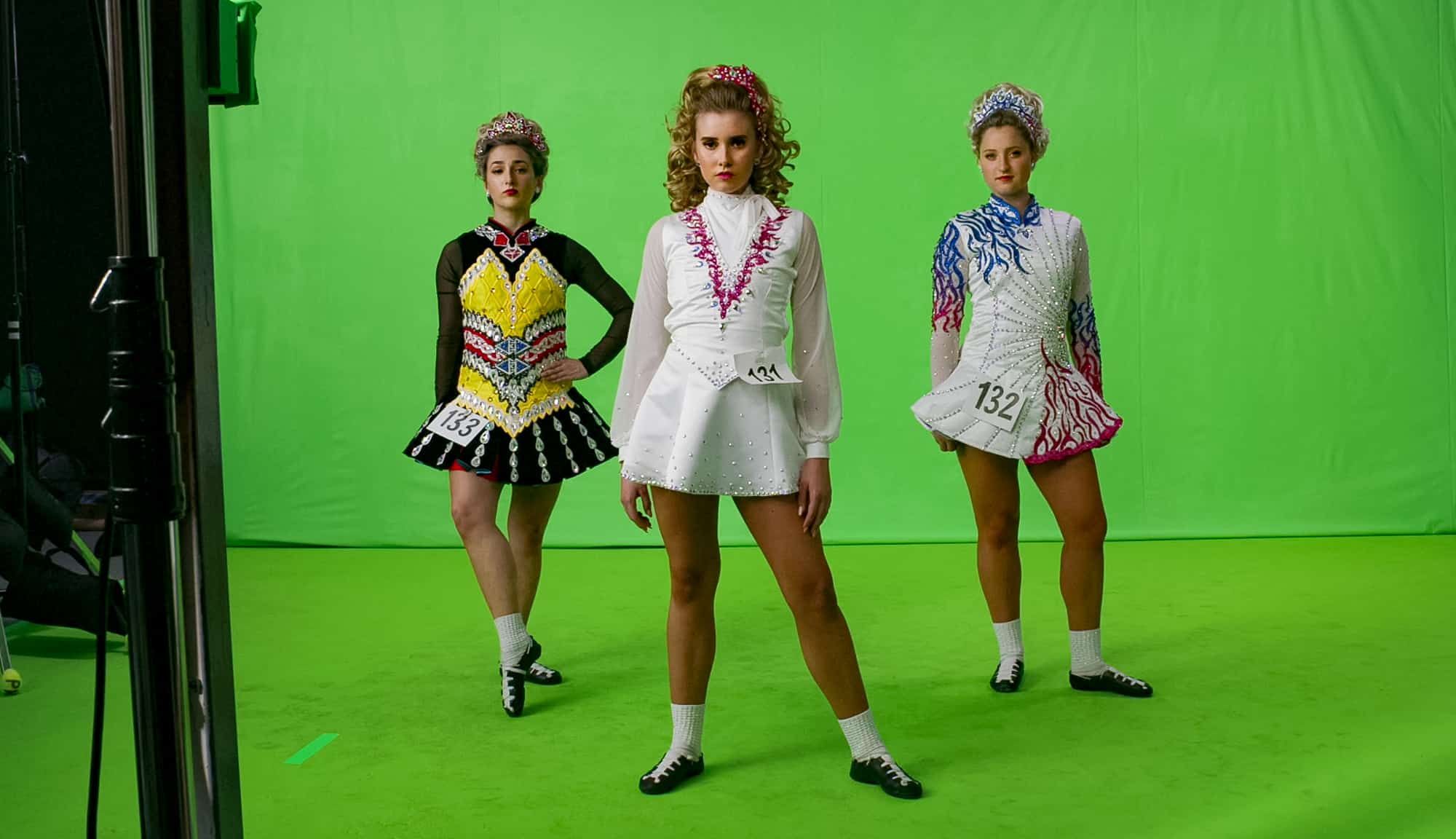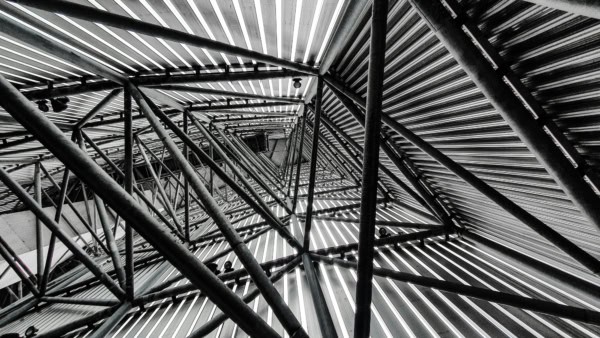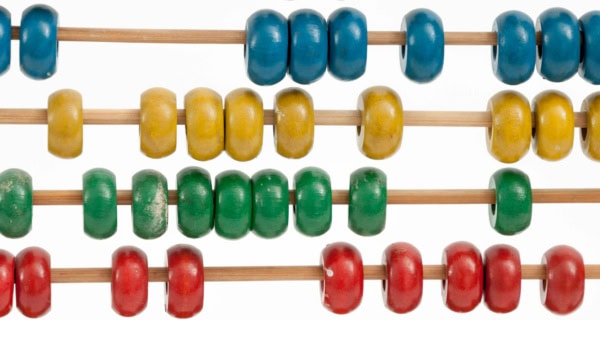September 29, 2022
Cinema Robot Software Update Enables 3D Tracking for Virtual Elements
Frankie Pike

Lensmaster by Camerabotics released an update that allows operators to export the cinema robot’s path, enabling 3D objects to seamlessly move about in the foreground or background.
This means we can add all the 3D elements—any object or text—we want and/or apply a virtual background with pinpoint accuracy with the movement path. Gone are the days of having the computer guess what the 3D path was.
The path can be exported in an easy-to-interpret file called FBX.
Primarily, you’d use this with a virtual background, allowing it to perfectly track with camera movements in post-production. This is ideal for any shoot where you need to put your product or person in a specific environment that you don’t have the means to actually put them in.
For example, say you want to shoot a Coors Light ad in the Rockies but don’t have the budget to fly a whole team out to the Rockies.
You can film a person holding the beer with a cinema robot in-studio with a green screen. Then, you could easily add the Rockies in post-production.

There are tens of thousands of virtual backgrounds created by 3D graphics designers that you can download, many of which are available for free.
You could also 3D scan an object and add that to the foreground or background. For example, you could have a Miller Lite can fly in and replace the Coors in the person’s hand.
You could even have a person fight a grizzly bear or a dinosaur.
“It depends on your team, but if you have a team of people who are already knowledgeable about 3D environments, you will absolutely save money. You don’t even have to leave the studio.”
– 3rd + Lamar Studio Director and resident robotics pro Ari Morales
Morales said he loves doing a hybrid shoot—part real, part virtual—like taking a cinema robot to the actual woods but adding a virtual bear in later. This can look extremely realistic.
Typically, you would have to work with trackers to help the program figure out the 3D tracking, but you don’t have to do that with this.
“All the positional data is there,” Morales said. “All you have to do is run your program and export it. It really does save time on the logistics side. You don’t have to have as much of a crew to achieve it, as long as you have someone to setup the green screen wall. You can save a lot of time on set.”
“The limits are endless. It’s just a matter of how good you are at 3D graphics at that point.”
-Ari Morales
Have an ambitious video project that may benefit from cinema robots? Reach out to us at [email protected].



